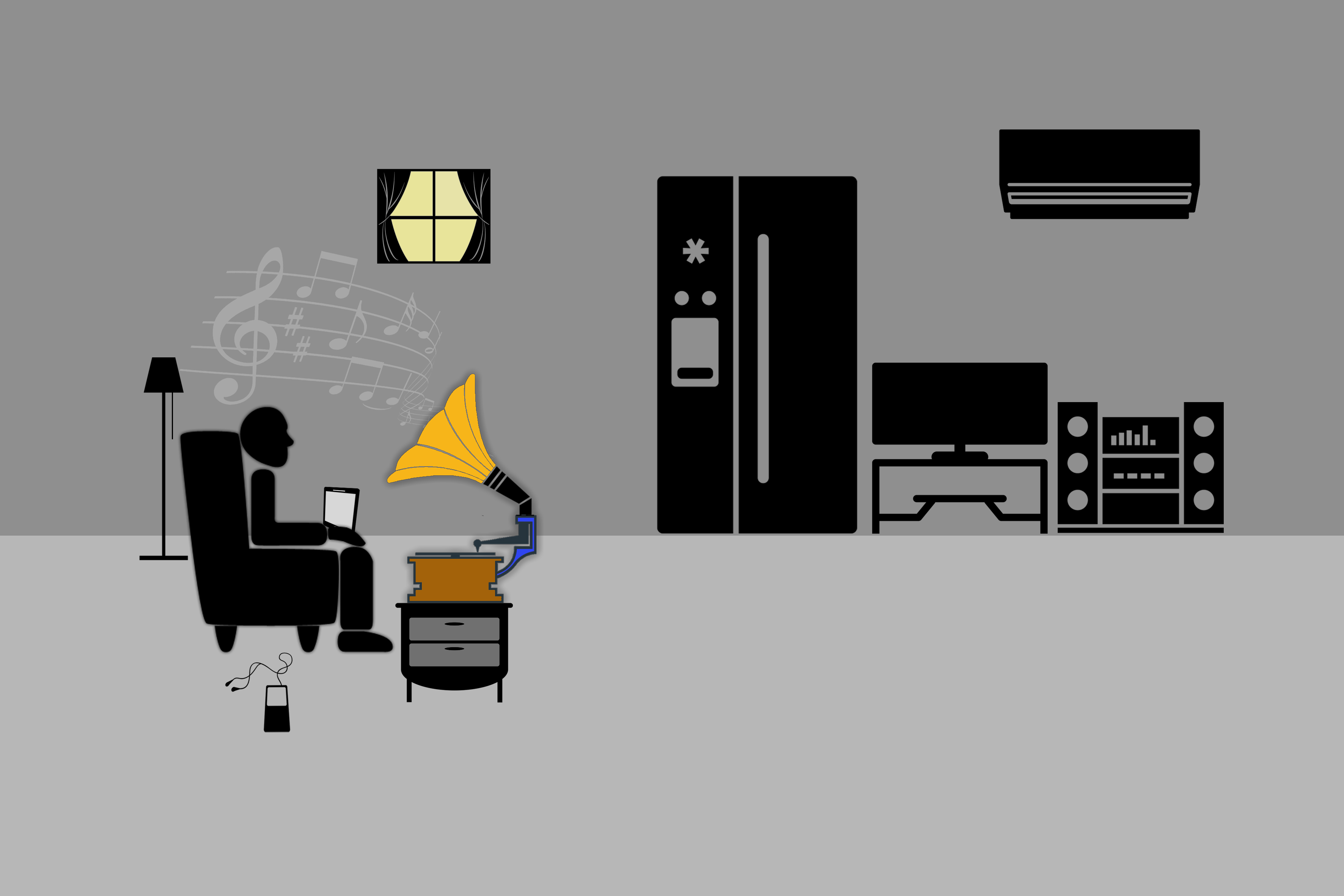Customer loyalty is an important determinant of the growth, strength and prosperity of a business. Hence companies maintain dedicated customer relationship management teams to ensure this. It is a mature concept, with US merchants even in the late 18th century providing copper coins to their customers that could be later exchanged for their own goods. Both theory and practice have significantly evolved over time and loyalty management has become a structured marketing practice to encourage customer retention.
The pioneering work of Oliver (1997) has classified customer loyalty into three main categories based on the behavioral interactions of customers with businesses:
1.Cognitive Loyalty: Here the driving force of loyalty is based on the customer finding the concerned business to be almost always the best choice among its rivals. However, such an informed customer can turn fickle if the firm loses its edge and slips away from the cost-benefit frontier.
2. Sentimental Loyalty: This emanates from the emotional attachment a customer develops with a brand, which may or may not be directly based on product or service attributes (for eg. environmental credibility of a firm could be a loyalty driver). The customer may feel superior in some way by associating with the brand. Sometimes, such loyalty could also exist due to regional, religious or racial biases. Regardless, firms often try to establish sentimental loyalty within their customer base (for eg. by engaging in socially responsible activities), since it can endure even if the firm slips on the product/services aspect once in a while.
3. Submissive Loyalty: This kind of loyalty emerges from the reluctance of customers from experimenting new things and/or habit persistence. This often proves to be the strongest form of loyalty.
Since customers with only cognitive loyalty are fickle, they can be actively targeted by a firm seeking to acquire new customers. Once these customers come on board, the firm may try to lock them through other kinds of loyalty, although in most cases, this is easier said than done.
Analytics, with regards to loyalty management, has mostly focused on loyalty programs and reward points. But cognitive loyalty can be boosted through analytics in a much broader way, across business domains:
- BFSI: Initiatives like automated loan and insurance processing can bring down latency times of claim/loan disbursals. Micro customer segmentation, and the subsequent tailoring of features/services and prices for different segments can help keep diverse sets of customers satisfied.
- Healthcare: Automated solutions for health risk monitoring, tracking readmission possibility and disease susceptibility can ensure patients get timely and relevant services, and healthcare costs are contained. Use of cognitive computing can personalize medicines and optimize dosages, through methods like genetic profiling and periodic tracking of vital health indicators such as BP, Temperature and BMI.
- Telecom: Cognitive computing can help understand customers’ consumption behavior and can significantly improve their experiences on the network to maintain loyalty.
- Media: Identifying the core viewer segments for different types of content, understanding their viewership behavior and helping the channel target them with the type of content they prefer and promotions that they are most responsive to, in order to improve the engagement with the channel
Cognitive computing enables a structured way to understand and act on varied customer preferences in a cost effective manner. It has become ever more important with the emergence of digital price comparison portals which at a glance provide customers with a wealth of information, resulting in fierce competition among firms.
References
- Blut M., Evanschitzky H., Vogel V., Ahlert D., (2007), Switching barriers in the four-stage loyalty model, Association for consumer research, Lobovitz school of business & economics, University of Minnesota Duluth.
- Oliver R.L.(1997), Satisfaction: A behavioral Perspective on the Consumer, New York, NY:McGraw-Hill.
- Oliver R.L.(1993), Cognitive, Affective and Attribute bases of satisfaction response, Journal of Consumer Research, 20(3).







